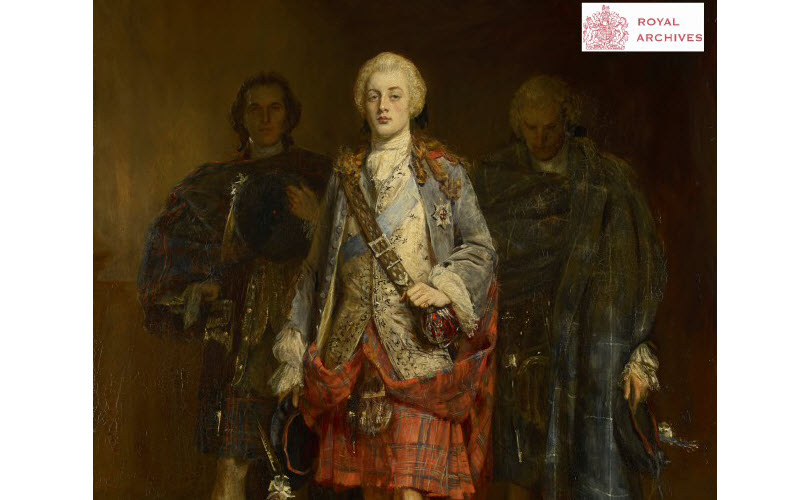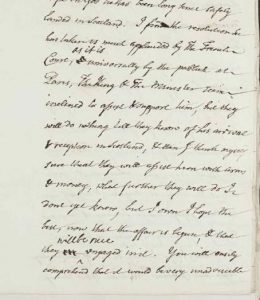| Originally posted on the Gale Review Blog by Clematis Delany|
Setting out boldly from France to Scotland with a loyal band of followers, the Pretender raises the Stuart standard upon arrival and the Highland clans rise in support. Edinburgh is attacked, declarations are made, battles are fought against Hanoverian forces – and French support fails to materialize. There are losses, and the Pretender flees back to France. The Uprising is over.
These are the bare bones of the Jacobite uprisings of both 1715, under the leadership of James Francis Edward Stuart, ‘the Old Pretender’, and the Earl of Mar, and of 1745, which was led by the ‘Young Pretender’ Charles Edward Stuart, with Lord George Murray as his de facto Commander-in-Chief. These two Pretenders of the exiled Stuarts, ousted from the three thrones of England, Ireland and Scotland in the Glorious Revolution of 1688, were very different men with the same guiding ambition – to reclaim their lost crown. The accepted Jacobite wisdom was that this would need two things: financial and military support from another European power, and a popular uprising in the British Isles.
While several nations and their monarchs were approached with Jacobite schemes of Restoration at various times in the eighteenth century – Spain, Sweden, and Russia among them – France was consistently the front-runner.

The traditional refuge of a family that had previously had a somewhat shaky grip on the throne in the seventeenth century, France was a bastion of Catholicism, and a Great Power in Europe. James II had spent part of his youth there during the English Interregnum. To be exiled to France once may be regarded as a misfortune – to be exiled there twice looks like carelessness.
If France was a crucial element to Jacobite hopes of a Restoration, the Scottish Highland Clans were scarcely less so.
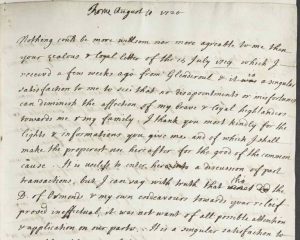
In both uprisings, their involvement was intended to form a backbone of popular support from which to regain the country. With an impressive respect for tradition, some of the same men made appearances in both uprisings, notably Alexander Forbes, Fourth Baron Pitsligo (aged 67 in 1745), and William Murray, Marquess of Tullibardine. Clans that rose for both rebellions included the Ogilvies, the Robertsons, the Camerons of Lochiel, the MacDonalds of Clanranald, the MacDougalls, the Drummonds, the Murrays of Atholl, the Macdonells of Glengarry and the MacGillivrays.
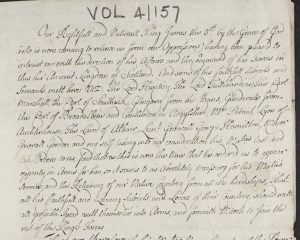
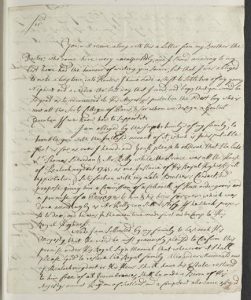
And, of course, both uprisings failed. While that of 1715 didn’t include such a decisive final blow as the 1746 Battle of Culloden, both ended in the scattering of the Jacobite forces, and 1746 saw the Duke of Cumberland’s ‘pacification’ of the Highlands. James and Mar returned to France, and were expelled from there to Avignon. Charles’ escape was more complicated, as he spent several months being hunted through the Highlands, eventually following in his grandfather’s footsteps in disguising himself as a woman for his escape to Skye. (In 1648, James II, then Duke of York, had used the same cunning ploy to escape from St James’s Palace during the English Civil War.) The ‘Toad of Toad Hall’ method of escape was not a royal prerogative – William Maxwell, 5th Earl of Nithsdale, was also disguised as a woman for his timely exit from the Tower of London in 1716.
In the State Papers Online: The Stuart and Cumberland Papers from the Royal Archives, Windsor Castle, a new resource expected to be available in early 2018, similar stages can be traced through the lives of the Pretenders, both Young and Old: optimistic youth, a brief stab at military glory, and a slow decline. James, a pious and careful old man, ran a small Court in Rome, whilst Charles pursued a nomadic existence wandering Europe before settling in Italy, for a time at least, with his wife, Louise of Stolberg-Gedern, and finally with his illegitimate daughter, Charlotte.

When James Francis Edward Stuart died in 1766, Charles Edward Stuart was not recognized as a king by any of the European monarchies. Despite two major uprisings, endless scheming and a strong contingent of loyal supporters, the Hanovers remained in power, and the Stuarts in exile.
All images from State Papers Online: The Stuart and Cumberland Papers from the Royal Archives, Windsor Castle, a digital resource available to institutions from early 2018.
Main header image: Royal Collection Trust/ © Her Majesty Queen Elizabeth II 2017

About Clematis Delany
I joined Gale, a Cengage Company in 2016 as a Publishing Assistant and subsequently became an Associate Acquisitions Editor for digital archives. With a diverse background in international and transnational history, I’m particularly interested in social narratives and cultural trends of the nineteenth and twentieth centuries. In my spare time, I like stand-up comedy, Agatha Christie, and Tetris.

